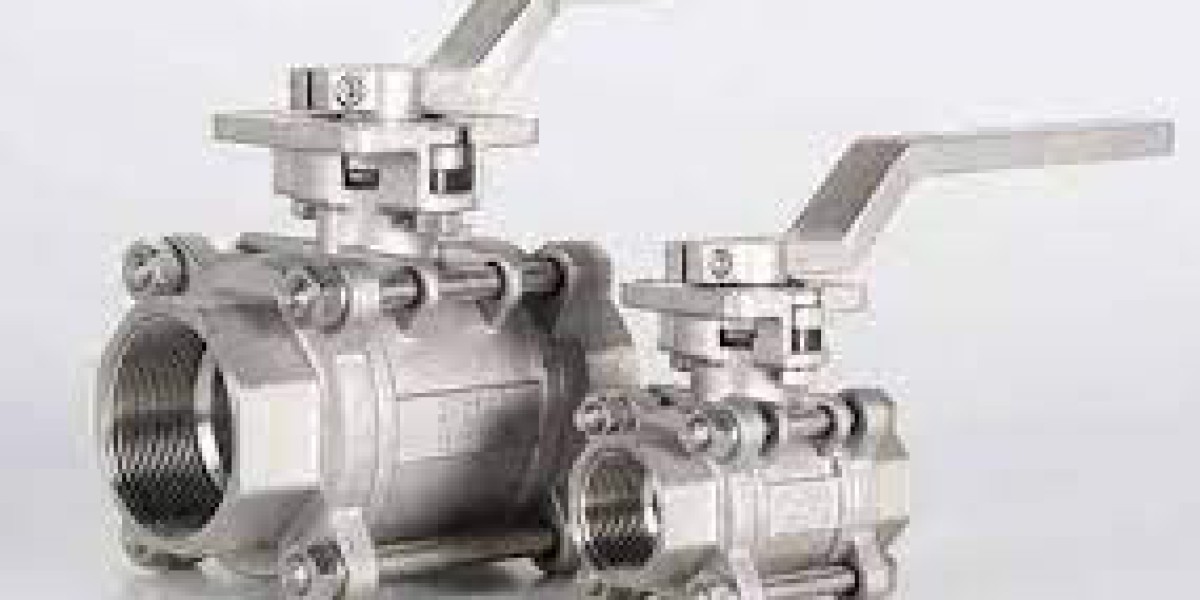1. Thorough Inspection:
Before installation, conduct a thorough inspection of each SS 317 valve to check for any visible defects, damage, or irregularities. Ensure that all components, including seals and gaskets, are in good condition.
2. Proper Storage:
Store SS 317 valves in a clean and dry environment to prevent contamination and corrosion. Avoid exposure to harsh chemicals, extreme temperatures, and potential physical damage during storage.
3. Compliance with Specifications:
Follow the manufacturer's specifications and guidelines for the installation of SS 317 valves. Adhering to recommended procedures ensures compatibility and optimal performance.
4. Correct Valve Orientation:
Install SS 317 valves in the correct orientation as specified by the manufacturer. This ensures proper flow control and prevents any issues related to pressure drop or inefficiencies.
5. Adequate Support and Alignment:
Provide adequate support for the valves, especially in larger or heavier configurations. Ensure proper alignment with the piping system to prevent stress on the valve body and potential operational issues.
6. Lubrication of Moving Parts:
Apply a suitable and recommended lubricant to moving parts, such as stems and actuators, during installation. This enhances the ease of operation and reduces wear and tear on critical components.
7. Proper Torque Application:
Use a calibrated torque wrench to apply the correct torque values during valve installation. Proper torque ensures a secure seal, minimizes the risk of leaks, and prevents damage to valve components.
8. Sealing and Gasket Selection:
Choose compatible and high-quality sealing materials and gaskets to ensure leak-free performance. Consider factors such as fluid compatibility, temperature, and pressure when selecting sealing components.
9. Leak Testing:
Conduct a thorough leak test after installation to identify and address any potential issues. This step ensures the integrity of the SS 317 valves and helps prevent costly downtime or safety hazards.
10. Documentation and Record-Keeping:
Maintain detailed records of the installation process, including torque values, alignment checks, and any adjustments made. Proper documentation aids in troubleshooting and future maintenance.
11. Training and Certification:
Ensure that personnel responsible for SS 317 valve installation are adequately trained and certified. Proper training reduces the likelihood of errors and promotes a standardized approach to installation procedures.
12. Regular Maintenance Schedule:
Establish a routine maintenance schedule for SS 317 valves, including periodic inspections, lubrication, and any necessary adjustments. Regular maintenance enhances the valves' operational efficiency and extends their service life.
Conclusion:
Proper installation practices are integral to ensuring the optimal performance and longevity of Stainless Steel 317 valves in fluid control systems. By following these best practices, including thorough inspections, correct torque application, and adherence to manufacturer specifications, stakeholders can mitigate potential issues, prevent leaks, and contribute to the overall reliability of SS 317 valves in diverse industrial applications. Regular maintenance and adherence to recommended procedures further ensure continued optimal performance throughout the valves' operational life.
for more information visit on:
https://www.globalsteelindia.com/stainless-steel-317-317l-valves-manufacturer-supplier/














